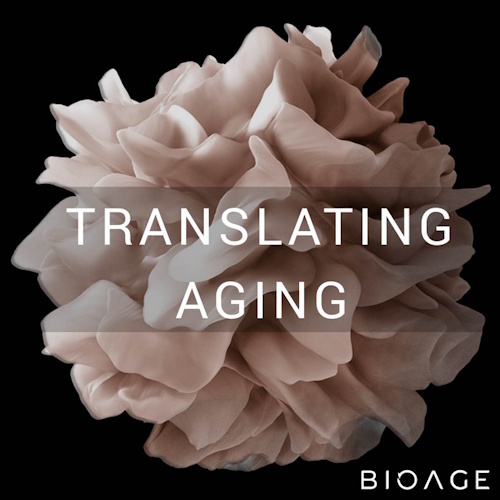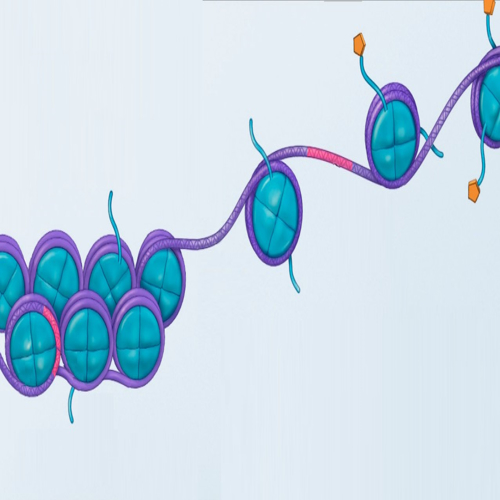Partial epigenetic reprogramming: the "holy grail" for aging therapeutics (Michael Ringel, Life Biosciences)
Translating Aging podcast episode-Chris and Michael delve into Life Biosciences' innovative strategy of partial epigenetic reprogramming
In this episode of Translating Aging, host Chris Patil speaks with Dr. Michael Ringel, Chief Operating Officer of Life Biosciences, about one of the most exciting frontiers in longevity biotechnology: partial epigenetic reprogramming. They explore how Life Biosciences is advancing therapies that reset cellular age without changing cell identity—potentially reversing age-related diseases and transforming the treatment landscape for aging itself.
Key Points:
Partial epigenetic reprogramming may offer a powerful, targeted way to reverse aging in specific tissues—without risking cancer or identity loss. Life Biosciences is leading the way, with therapies that could restore vision today and treat broader age-related diseases tomorrow.
- Partial Epigenetic Reprogramming- Resetting Without Rewinding Too Far: Life Biosciences’ approach uses OSK—three of the four Yamanaka factors—to rejuvenate cells without reverting them to a pluripotent, cancer-prone state. This "middle ground" rejuvenation shows promise for restoring tissue function while maintaining safety.
- Clinical Focus- Eye Diseases as a Gateway: The company’s lead candidate, ER100, targets retinal cells to treat glaucoma and NAION (a stroke-like event causing sudden vision loss). A single injection activates rejuvenation via a controllable system, offering potential vision restoration in non-human primates and, soon, human trials.
- Why the Eye?: The eye is scientifically ideal for early testing due to precise drug delivery and visual function as a measurable outcome. It's also a high-need area—glaucoma is the leading cause of blindness in people over 60, with few options for late-stage treatment.
- From Proof-of-Concept to Clinical Reality: Life Biosciences is expected to be among the first to bring partial reprogramming into human trials. Their OSK-based therapy has already demonstrated visual and cellular recovery in mice and monkeys.
- Longevity’s Broader Promise - One Pill, Many Diseases: Ringel explains the "pipeline-in-a-pill" idea: slowing aging could impact many age-related diseases simultaneously, offering a more efficient and widespread therapeutic model for pharma and patients alike.
- Pharma and Public Investment-A Call to Action: With longevity science approaching technical maturity, Ringel urges pharmaceutical companies, researchers, and philanthropic investors not to miss the next GLP-1-scale breakthrough in aging therapeutics.
Visit website: https://feeds.captivate.fm/bioage/#Partial epigenetic reprogramming
See alsoTranslating Aging Podcast
Podcast based on cutting-edge science and innovation in human longevity with Chris Patil
Details last updated 11-Jun-2025
Mentioned in this Resource
Life Biosciences
Drug development company promoting longevity and finding treatments for age-related diseases






